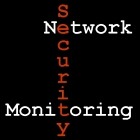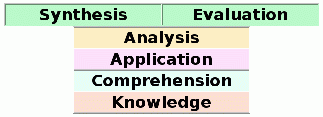Response to Daily Dave Thread

I don't subscribe to the Daily Dave (Aitel) mailing list, but I do keep a link to the archives on my interests page. Some of the offensive security world's superstars hang out on that list, so it makes for good reading. The offensive side really made an appearance with yesterday's thread , where Dave's "lots of monkeys staring at a screen....security?" thread says: My feeling is that IDS is 1980's technology and doesn't work anymore. This makes Sourcefire and Counterpane valuable because they let people fill the checkbox at the lowest possible cost, but if it's free for all IBM customers to throw an IDS in the mix then the price of that checkbox is going to get driven down as well. First, it's kind of neat to see anyone speaking about "IDS" instead of "IPS" here. I think this reflects Dave's background working for everyone's favorite three letter agency . The spooks and .mil types (like me) tend to be the last p...




